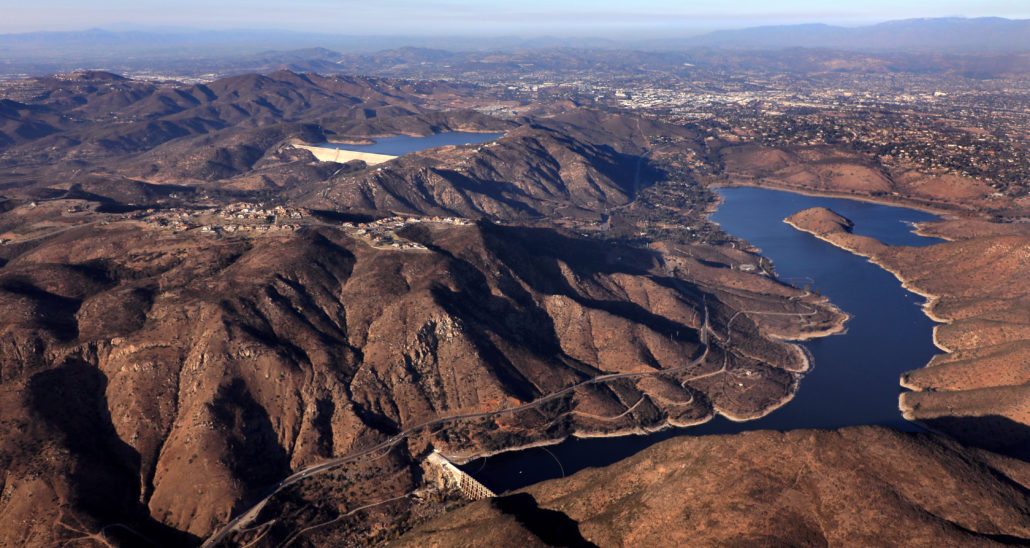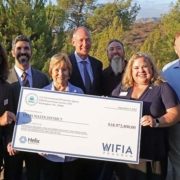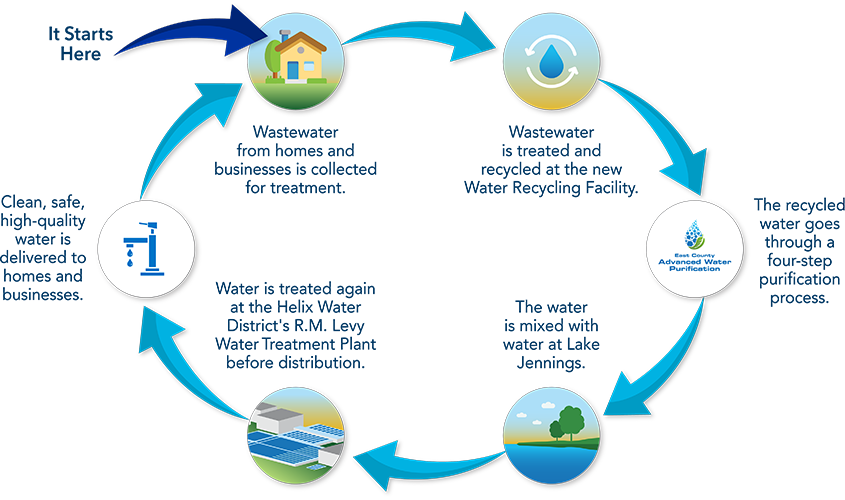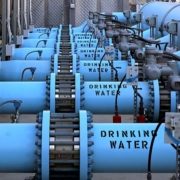Poseidon Resources (Channelside) LP and the San Diego County Water Authority are temporarily reducing water production at the Claude “Bud” Lewis Carlsbad Desalination Plant to support statewide emergency energy conservation efforts during the extreme heat wave.
While the plant accounts for less than 1% of peak energy demand in San Diego Gas & Electric’s service territory, Channelside and the Water Authority are committed to supporting electrical reliability while ensuring continued delivery of safe and reliable water supplies. The partners reduced water production at the plant by about 20% for three days over the Labor day holiday weekend. Regular water deliveries were made from other sources. The reduced production helps decrease energy demand during the statewide emergency.
Water supply reliability and energy demand
“The partnership by the Water Authority and Channelside is another reminder of the value our investments in cutting-edge technology and water supply reliability,” said Sandra L. Kerl, general manager of the Water Authority. “Desal plant operations are nimble, so production can be ramped up and down in response to local needs. This flexibility underscores the value of regional water supply planning, which allows us to activate solutions during challenging times.”
The Carlsbad Desalination Plant is the largest, most technologically advanced and energy-efficient desalination plant in the nation. The plant has produced more than 90 billion gallons of drinking water for San Diego County since operations began in December 2015. Starting Sunday, Sept. 4, the plant ramped down operations, making an additional 9 megawatts of power available for other uses.

The Water Authority is running its Lake Hodges Pumped Storage Facilities to generate 20 megawatts of on-demand power, helping meet peak demands. Photo: San Diego County Water Authority
Lake Hodges Pumped Storage Facility generates on-demand power
The Water Authority also is running its Lake Hodges Pumped Storage Facilities to generate 20 megawatts of on-demand power, helping meet peak demands.
Pumped energy storage
In addition, the Water Authority and the City of San Diego are collaboratively advancing the proposed San Vicente Energy Storage Facility in East County, one of the most promising pumped energy storage solutions in California. Pumped energy storage projects are designed to store excess renewable energy from solar and wind during the day, and then discharge that energy when energy use spikes or renewable energy is not available. As proposed, the project could store 4,000 megawatt-hours per day of energy (500 megawatts of capacity for eight hours), which is enough energy to provide approximately 135,000 homes with power.

The Claude “Bud” Lewis Carlsbad Desalination Plant uses energy recovery devices that save an estimated 146 million kilowatt-hours and reduce carbon emissions by 42,000 metric tons every year. Photo: San Diego County Water Authority
Energy reliability, water reliability
The Carlsbad Desalination Plant eliminates the need to transport water from Northern California to the San Diego region, offsetting approximately 190,000 megawatt-hours of electricity and 68,000 tons of carbon emissions each year. The plant also uses energy recovery devices that save an estimated 146 million kilowatt-hours and reduce carbon emissions by 42,000 metric tons every year.
“This is an example of how desalination plants can help contribute to energy reliability, in addition to water reliability, by taking appropriate action to increase the available energy capacity during the extreme heat event,” said Channelside President, Sachin Chawla. “We’re proud to do whatever we can to help our region address the current energy shortage.”








